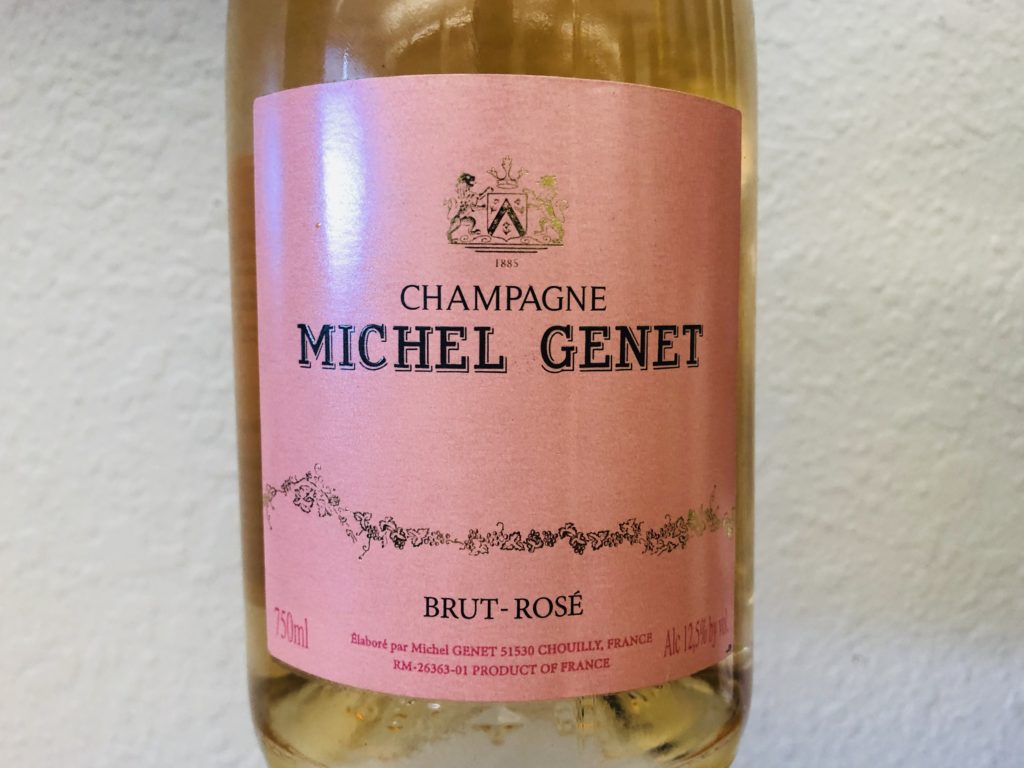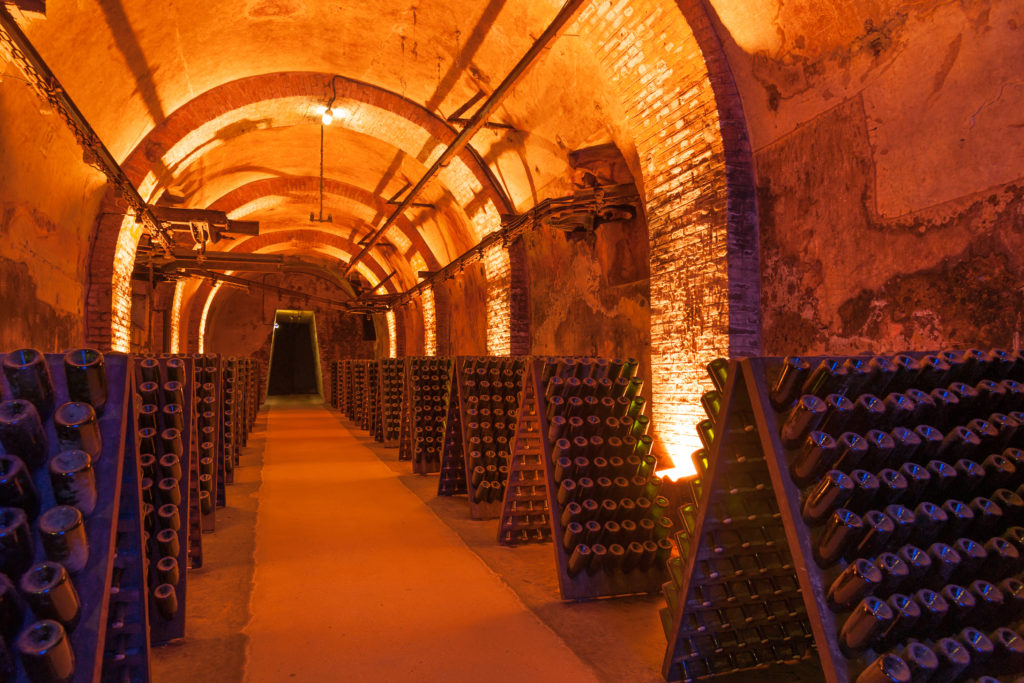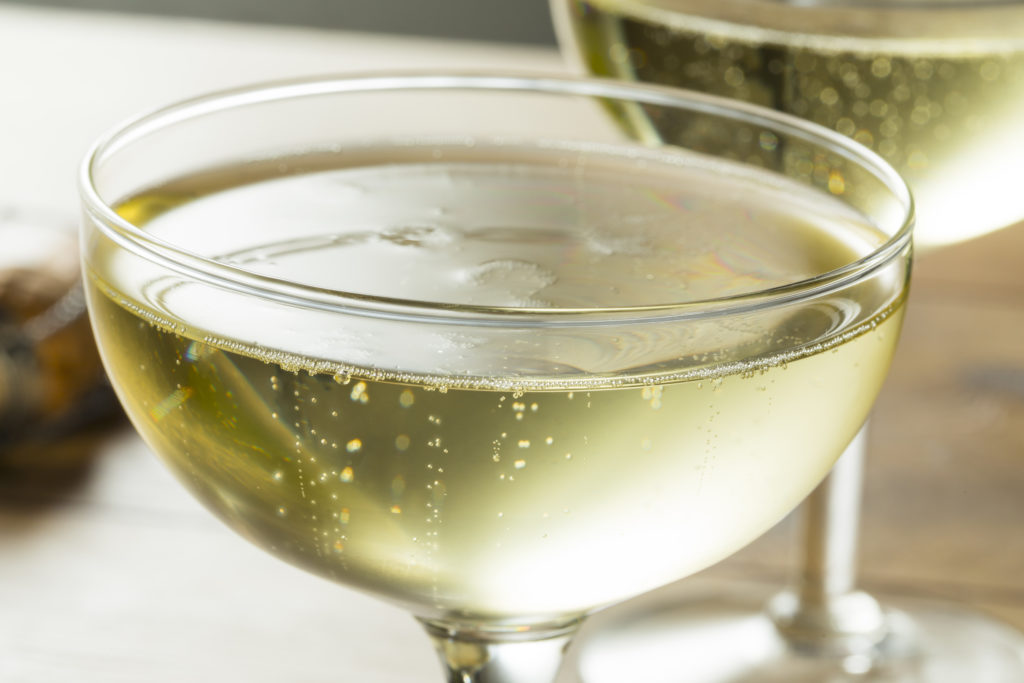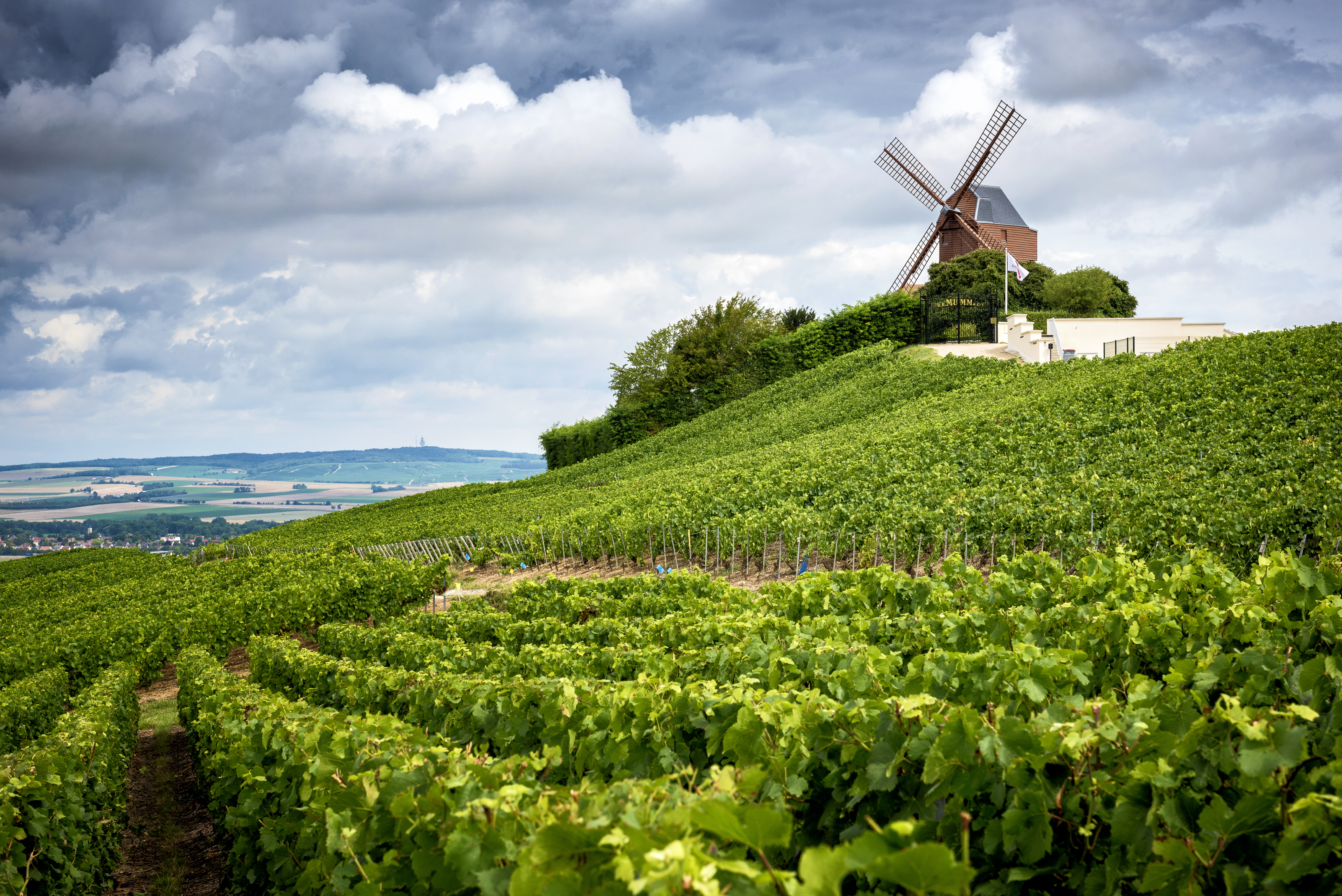We feel like there might be a theme building here with the Understanding AOC series, but we will skip over the introductions to Champagne as the most widely recognized sparkling wine in the world.
At one point in time the wine was in danger of losing its signature bubbles due to perceived competition from the winemakers of Burgundy and a belief the bubbles were a fault. It was saved from itself by the British fascination and social status boost that was created around it. But as with the Bordeaux, and the vast majority of French wines, one begs to ask, “What exactly is in the bottle?”
Champagne, believe it or not, actually gives you quite a bit more to know on their labels, albeit in French and not commonly understood by most Americans. Here to help you decide on your next bottle of bubbles is our general Champagne rundown.
The Champagne AOC allows 7 grapes to be used in production, but 3 dominate the production by and large.
The 3 most widely used grapes are as follows:
- Chardonnay (white)
- Pinot Noir (red)
- Pinot Meunier (red)
Aside from the big 3, there can also be:
- Pinot Blanc (white)
- Pinot Gris (white)
- Petit Meslier (white)
- Arbane (white)
There are a few indicators as to what went into the wine based on naming:
- Cuvée: Both white and red grapes can be used, generally there is no skin contact with the red grapes beyond the initial press. Generally used for non-vintage proprietary house blends.
- Prestige Cuvée: Both white and red grapes can be used, usually reserved for the finest single vintages.
- Champagne: Good ‘ol Champagne, nothing fancy, just delicious. Both white and red grapes can be used, almost always non-vintage.
- Blanc de Blanc: Only white grapes are used.
- Blanc de Noir: Only red grapes are used, but treated with very minimal contact beyond initial pressing and subsequently produces a “white of reds.”
- Rosé: Short-term skin contact is used to tint the resulting product pink before fermentation with the red grapes from production, or strangely enough, a house can use their cuvée and add still Pinot to tint it red before blending – one of the only wines in the world where it is legally okay to do this.
Above with the “cuvée” labels we mentioned vintage and non-vintage. This is important in Champagne as only the finest years are produced as vintaged wine, while the majority of production is done to be blended from multiple vintages to create the more widely found non-vintage (NV) Champagnes.
The benefits to vintaged Champagne is a perfect expression of the terroir and a cohesive wine from that year’s growths. Theses are highly regarded and generally fetch higher prices in the market as there is generally only 1 or 2 vintages in a decade. So a combination of scarcity and prestige define these productions.
With regards to non-vintage Champagne, the benefit is the house’s ability to blend between years to continue to create their own house-styled wine, separating them from others, with a fairly accurate and fine level of consistency year after year at a more affordable price, however there are always exceptions to the rules.
You will find this process of vintage and non-vintage mimicked the world-over in sparkling wine production.

Another thing the Champagne labels will inform you of is the sweetness levels. Look for these to indicate what you are getting into whether you prefer dry or sweet:
- Extra Brut: Bone-dry from a perception standpoint.
- Brut: Dry, but not bone-dry.
- Extra Dry: This one is always a bit confusing as it is technically a touch sweeter than Brut, but still on the dry side.
- Sec: While the literal translation is “dry” it has more residual sugar than the previously listed classifications, but still registers on the palate as not-so-noticeably-sweet.
- Demi-Sec: Translates to semidry, here is where you will start to notice sweetness in your Champagne.
- Doux: Sweet Champagne. Best served with or for dessert.

A non-fully-inclusive, yet notable house list you might see in retail and finer restaurants is as follows (basically, this stuff is damn good! – in our humble opinion):
- Ruinart
- Taittinger
- Veuve Clicquot
- Billecart-Salmon
- Perrier-Jouët
- Möet & Chandon
- Bruno Paillard
- Piper-Heidsieck
- Bollinger
- Canard-Duchêne
- Henriot
- Krug
- Charles Lafitte
- Laurent-Perrier
- Louis Rœderer
- Pol Roger

Fun Fact: While Champagne is generally served in a Champagne flute, the best serving method is the Coupe Glass as the wider surface area allows you to fully experience the nose, and the wine strikes your palate in a way that allows you to fully experience the flavor and nuances dispersed over your tongue as opposed to through the flute which channels the wine through the middle of your palate to the back of your throat. Remember, it is made from Chardonnay and Pinot Noir largely, so think about how wide the bowls are for proper Chard and Pinot stemware, that still translates with the sparkling variation of these grapes.
Understanding AOC Series:

